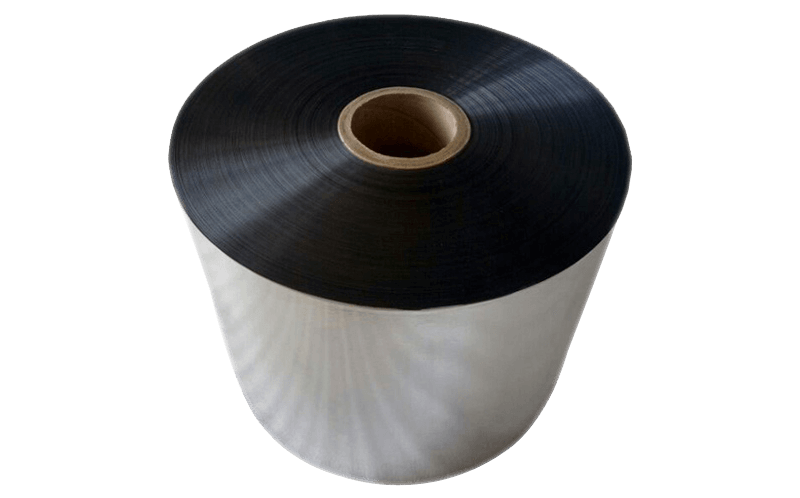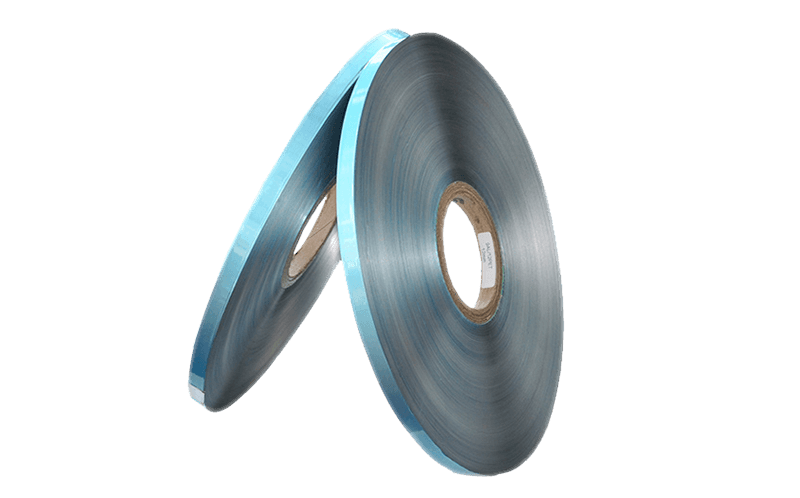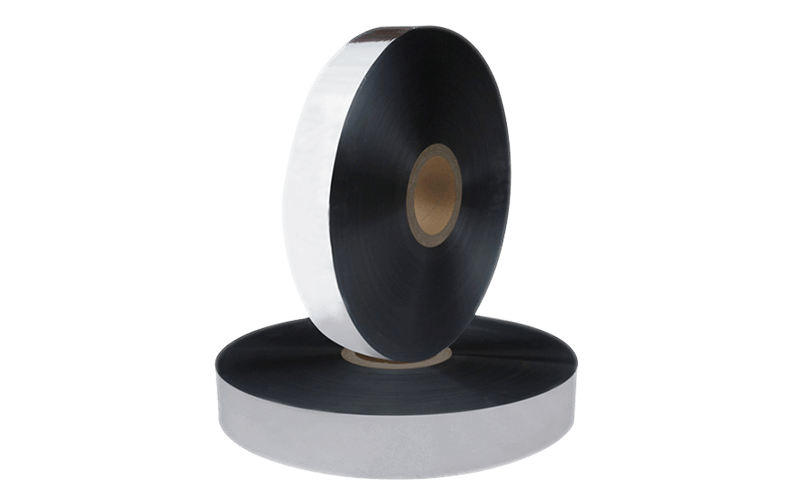Foil-faced bubble Aluminum mylar wrap is a radiant barr […]
Foil-faced bubble Aluminum mylar wrap is a radiant barrier. It’s not insulation. A radiant barrier reduces heat transfer by radiation and has two excellent applications in homes. Insulation reduces heat transfer by conduction through solid materials.So, when I walked up to the bubble wrap booth and asked the guy what the R-value of it was, he immediately said 15.4. I told radiant barrier - foil-faced bubble wraphim, no, it’s R-1, and then he started talking about the thousands of dollars they’ve spent on testing. Pretty soon, he was telling me he didn’t have time to talk with me any more.Here’s my problem with his claim. When you quote an R-value for a material, you can’t include air spaces. To capture that, you’d be talking about the R-value of an assembly.
The R-value for this material is about an. What they’re trying to claim is the R-value for an assembly, including air gaps, and not just the R-value of the material.Nice try, guys, but no cigar. The problem here is that for a radiant barrier to work, it must have an air gap on one side or the other. If they staple this stuff to the underside of the rafters in an attic, it will greatly reduce heat gain in the attic, and the temperature will be about 20 degrees lower. That’s because there’s an air gap.The only place I’ve seen this stuff used is to wrap duct work. I’ve heard of it being used in above grade walls in Florida and on foundation walls of encapsulated crawl spaces, but the former HVAC foil faced bubble wrap as duct insulationwouldn’t be allowed in Georgia, and I just haven’t seen the latter here.
For bubble wrap to be effective on ducts, the installers would have to put in spacers to keep the bubble wrap from being in contact with the ducts. Not once have I seen spacers on bubble-wrap insulated ducts. Since ducts require either R-6 or R-8 insulation, depending on location, building inspectors should start failing this application every time they see it.I mentioned above that radiant barriers have two excellent applications in homes, and those are in the attic and in windows, the two places where the most radiant heat gain occurs in a building. In an attic, follow these guidelines:Use it only in hot or mixed climates where you have significant cooling loads. It’s a waste of money in a cold climate.Install it along the roofline rather than on top of the flat ceiling.
In new construction, use a sheathing material with a foil facing, such as LP TechShield or Georgia Pacific’s Thermostat plywood. In existing homes, there are numerous radiant barriers for retrofit, such as PolarPly or foil-faced bubble wrap.Make sure to leave an air gap. If you install a radiant barrier roof deck and then spray foam on it, you’ve wasted your money on the radiant barrier because there’s no air gap, and all the heat just conducts right through it.In windows, radiant barriers are called low-e coatings, but they work on exactly the same principle – by installing a material with a low emissivity between where the heat is coming from and where you don’t want it to go. Foil-faced bubble wrap does NOT work for this application. Well, I guess it could be used here – if you didn’t care about getting light or views through your windows.



